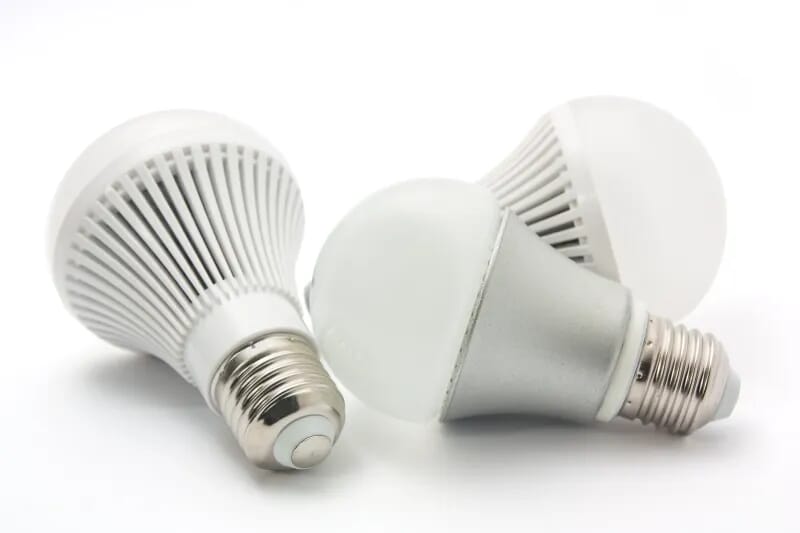All About LED Lighting

While LEDs themselves do not produce any heat, as a category they represent one of the hottest new trends in residential and commercial lighting! LED lights might have more in common with your TV than with the other light bulbs you have. That's because LEDs are semiconductor devices that can produce directed light in an extremely efficient manner.
LEDs had a humble beginning as indicator lights inside electronic devices like DVD players and laptops. Only when the blue LED light was invented did LEDs become viable for other applications. That's because there's no such thing as a white LED light. Instead, white is created by combining the colors red, green and blue.
LED technology has come a long way in recent years as engineers have learned how to harness the very directional nature of most LED light sources, allowing it to be used in applications that require a wider splash of light. Making LED equivalents for standard A bulbs, the bulbous shape we all know and love (and that is pictured above), has also improved in quality and efficiency.
LEDs are most commonly found today in applications such as under-cabinet lights, landscape lighting, cove lighting or in lighting a tray ceiling. Their slim design means they are extremely versatile and can be used in light fixture designs that were not previously possible. Take LED tape light, also known as LED strip lights--a design so slender that it can go practically anywhere!
As the cost of using LED decreases, expect to see even more eye-catching and innovative uses of LED lights, especially in fixtures where the light sources are integrated or embedded.
You can find LED light sources in a wide variety of color temperatures, which means that if you like the warm white glow you'd get from incandescent bulbs, you can find that in LED varieties too! But if you prefer something in a cool white, something more like a fluorescent light, don't worry because there are LED sources to fit that bill too!
LEDs often have a phenomenal efficacy rating, with some achieving ratings of 100 lumens per watt, abbreviated LPW. By comparison, fluorescents can average closer to 60 LPW while incandescents typically come in at 15 LPW. They also have a particularly long life (sometimes more than 20 years), making them an attractive option for hard-to-reach places such as a vaulted ceiling or outdoor applications. On the downside, LED technology changes frequently, which can render previous product offerings obsolete. Bulbs are also usually more expensive than their incandescent and fluorescent counterparts, but offer long-term savings on energy costs.
Unlike incandescents and fluorescents, LEDs will also typically dim slowly over time, rather than "burning out" all at once. Again, think of your television set, which typically phases itself out in a similar manner. An LED's life is measured on a prediction of how long it will take for the light output to decrease 30 percent.
Need more advice? Give our trained lighting specialists a call at 1-866-688-3562 or reach out on social media.
Emma Harger-Young - Lights Online
